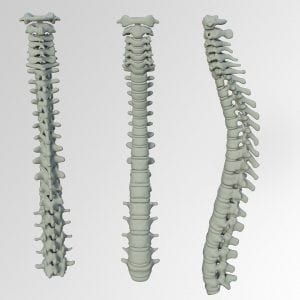Stevens-Johnson Syndrome
What is Stevens-Johnson syndrome?
Stevens-Johnson syndrome is a rare, serious skin disorder that affects the mucous membranes and causes painful blistering and peeling. These blisters can even form inside of the body, making it difficult to eat, swallow, or even pee. It is usually a reaction to a particular medication or an infection. Stevens-Johnson syndrome is a medical emergency, and patients who develop the condition should be hospitalized.What causes Stevens-Johnson syndrome?
Stevens-Johnson syndrome is a rare and unpredictable reaction to a medication or an infection. These reactions may begin up to two weeks after an infection or after stopping taking the medication. Anti-gout medications, anticonvulsants, penicillin, and pain relievers can all cause Stevens-Johnson syndrome. Infections that can trigger Stevens-Johnson syndrome include the herpes virus, pneumonia, HIV, and Hepatitis A. In addition to these, the following risk factors have also been identified:- An HIV infection
- A weakened immune system
- A personal or family history of Stevens-Johnson syndrome
What are the symptoms of Stevens-Johnson syndrome?
Usually, Stevens-Johnson syndrome begins with flu-like symptoms and is followed by a painful red and purplish rash that spreads and blisters. After this blistering process, the skin will shed within a few days. In addition to these characteristic symptoms, patients may also experience:- Fever
- Unexplained widespread skin pain
- Blisters
- Sore throat and mouth
- Cough
- Burning eyes
How is Stevens-Johnson syndrome diagnosed?
Stevens-Johnson syndrome is diagnosed based on a physical exam and medical history. To confirm the diagnosis, a skin biopsy, culture, or chest X-ray can be used. Lastly, blood tests may be done to confirm an infectious trigger or other possible causes.What are the available treatments for Stevens-Johnson syndrome?
Treatment for Stevens-Johnson syndrome focuses on eliminating the underlying cause of the disease, controlling the symptoms, and minimizing complications as the skin regrows. First and foremost, patients should stop taking any nonessential medications. During hospitalization, patients need fluid replacement, adequate nutrition, wound care, and eye care, in necessary. Medications should as pain medication, antibiotics, oral steroids, and immune globulin may also be used in Stevens-Johnson syndrome treatment to support patients. This process can take weeks to months, depending on the severity of the particular case.Where can I find out more information on Stevens-Johnson syndrome?
Stevens-Johnson Syndrome Articles


Raising Stevens-Johnson Syndrome Awareness: Viktoria’s Story (Pt. 2)
Jessica Lynn
August 31, 2022
Read More »

Raising Stevens-Johnson Syndrome Awareness: Viktoria’s Story (Pt. 1)
Jessica Lynn
August 30, 2022
Read More »

August is Stevens-Johnson Syndrome Awareness Month: Spreading Rare Disease Awareness
James Moore
August 5, 2022
Read More »

August is Stevens-Johnson Syndrome Awareness Month: Spreading Rare Disease Awareness
James Moore
August 4, 2021
Read More »

.png)
Patients in Mayo Clinic’s RIGHT Study Carried One or More Genetic Variants That May Affect Their Response to Medication
Rose Duesterwald
September 10, 2019
Read More »

Robotic Exoskeletons May Be the Future of Therapy for Spinal Cord Injuries
Scott Carlson
September 3, 2019
Read More »



